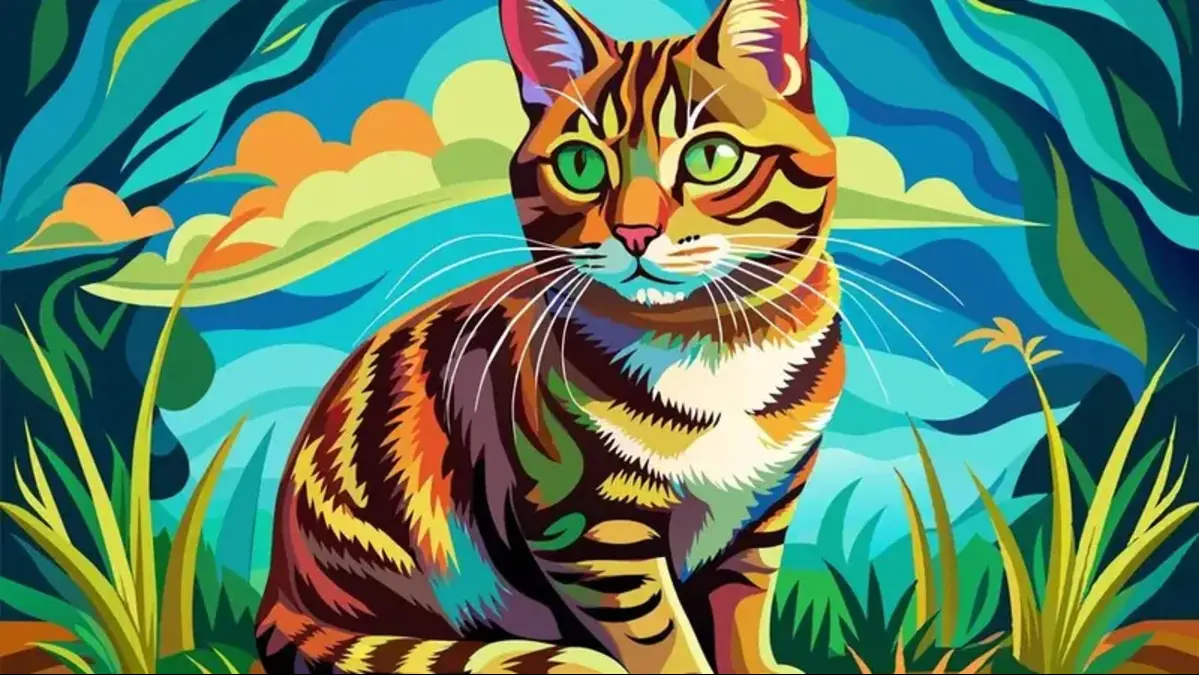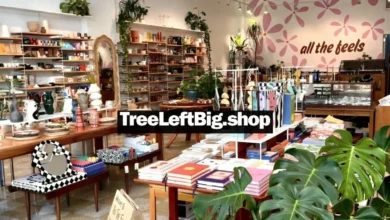Introduction to The Secret Life of Art
Art is not just a canvas splashed with colors or a sculpture carved from stone; it’s a vivid tapestry of human experience, emotion, and expression. Every brushstroke carries weight, every shade tells a story. The secret life of art unfolds in layers that often go unnoticed by the casual observer. It beckons us to look closer and delve deeper into its symbolism and style.
Have you ever wondered what lies beneath the surface? art:mfyjcu3hidu= cat What hidden meanings swirl within those mesmerizing images? From ancient cave paintings to modern digital creations, each piece holds narratives waiting to be discovered. Art invites us on an adventure—a journey through history, culture, and personal connection. So grab your curiosity as we unlock the doors to this enchanting world where creativity reigns supreme!
Exploring the Symbolism in Art
Symbolism in art acts as a bridge between the visible and the invisible. Each color, shape, and figure can convey profound meanings that resonate on different levels.
Consider the use of red in paintings. It often symbolizes passion or danger but can also indicate love or sacrifice depending on context. The interpretations are vast and deeply personal.
Artists frequently embed symbols within their work to provoke thought or evoke emotion. A simple flower could represent beauty, while a wilting one may signify decay or loss.
This complexity invites viewers to engage more profoundly with each piece, encouraging them to uncover layers of meaning hidden beneath the surface.
As you explore various artworks, pay attention to these art:mfyjcu3hidu= cat subtle cues; they enrich your experience and understanding of art’s true essence.
Understanding Different Art Styles and their Meanings
Art styles are like languages. Each one speaks a unique dialect of expression and emotion.
Take Impressionism, for example. It captures fleeting art:mfyjcu3hidu= cat moments with vibrant brush strokes, showcasing light’s dance on surfaces. The artists sought to convey their perception rather than rigid realism.
Then there’s Surrealism, which delves into the subconscious. art:mfyjcu3hidu= cat Dreamlike images challenge reality, inviting viewers to explore deeper meanings hidden within their own minds.
Minimalism strips away excess. It’s about simplicity—every line and color is deliberate, focusing attention on what truly matters in the artwork.
Pop Art celebrates consumer culture through bold colors and familiar imagery. art:mfyjcu3hidu= cat It blurs the lines between high art and commercial design while provoking thought about societal norms.
Each style offers a window into different philosophies and cultures of its time. Understanding these nuances enriches our appreciation for art’s diverse tapestry.
The Stories Behind Famous Works of Art
Every masterpiece has a tale to tell. The vibrant strokes of Van art:mfyjcu3hidu= cat Gogh’s “Starry Night” reflect his tumultuous emotions during his time at the asylum. Each swirl captures both chaos and beauty, giving us a glimpse into his troubled mind.
Consider da Vinci’s “Mona Lisa.” Her enigmatic smile has sparked art:mfyjcu3hidu= cat debates for centuries. Was she smiling because of love or sorrow? Legends suggest she was Lisa Gherardini, a Florentine woman whose story intertwines with intrigue and mystery.
Then there’s Edvard Munch’s “The Scream,” which echoes existential dread. Inspired by an intense panic attack he experienced while walking at sunset, it represents universal anxiety in striking colors.
Such narratives breathe life into these artworks, transforming them art:mfyjcu3hidu= cat from mere visuals into deep emotional experiences that resonate through time. They invite viewers to explore not just what they see but also the rich histories behind each brushstroke.
The Impact of Art on Society and Culture
Art has an undeniable influence on society. It shapes our perceptions and reflects the world around us. Through various mediums, artists express emotions, ideas, and critiques that challenge societal norms.
Cultural movements often find their voice in art. Whether it’s a provocative painting art:mfyjcu3hidu= cat or an inspiring sculpture, these works can ignite conversations about crucial issues like identity, race, and politics. They serve as mirrors showing us who we are today.
Moreover, art fosters community connections. Public installations or local exhibitions bring people together to share experiences and viewpoints. This sense of belonging enriches social fabric.
Art also plays a pivotal role in preserving history. Each piece carries stories from the past that inform future generations about their heritage and values.
By engaging with art, we explore different perspectives that ultimately enhance our understanding of one another.
Controversies Surrounding Art and its Hidden Messages art:mfyjcu3hidu= cat
Art has always been a reflection of society, and with that comes a wealth of controversies. Artists often push boundaries, prompting debates about morality, politics, and even religion.
Take for instance the infamous “Piss Christ” by Andres Serrano. art:mfyjcu3hidu= cat This piece sparked outrage among religious communities for its provocative nature. It raised questions about artistic freedom versus respect for beliefs.
Similarly, street art highlights urban issues while challenging societal norms. Banksy’s works often carry hidden messages that critique capitalism or government surveillance, igniting discussions far beyond their visual appeal.
Even classic masterpieces aren’t exempt from scrutiny. For example, Picasso’s “Guernica” symbolizes the horrors of war yet invites myriad interpretations based on viewers’ perspectives.
These layers of meaning can both inspire and disturb audiences as they navigate personal feelings and cultural contexts surrounding each piece.
Conclusion: Appreciating the Depth and Complexity of Art
Art, in its myriad forms, offers a window into the human experience. art:mfyjcu3hidu= cat It invites viewers to explore and interpret meanings that often lie beneath the surface. The symbolism embedded within each piece encourages us to question our perceptions and broaden our understanding of different cultures and ideas.
The vast array of art styles reflects not only aesthetic preferences but also historical contexts and societal values. Each brushstroke or sculpted detail tells a story shaped by its time, providing insight into the lives of those who created them.
As we delve deeper into these narratives—whether they are stories of triumph, struggle, love, or loss—we uncover layers that might have otherwise gone unnoticed. Art challenges us to engage with difficult topics while celebrating beauty in all its forms.
Despite controversies surrounding certain works or movements, art:mfyjcu3hidu= cat this complexity adds richness to the artistic landscape. Hidden messages push boundaries and spark dialogue about what art can represent in society today.
Embracing the depth of art allows for a more profound appreciation not art:mfyjcu3hidu= cat just for individual pieces but for creativity as a whole. It reminds us that every artwork is an invitation—to see differently, think critically, and feel deeply about our world.




